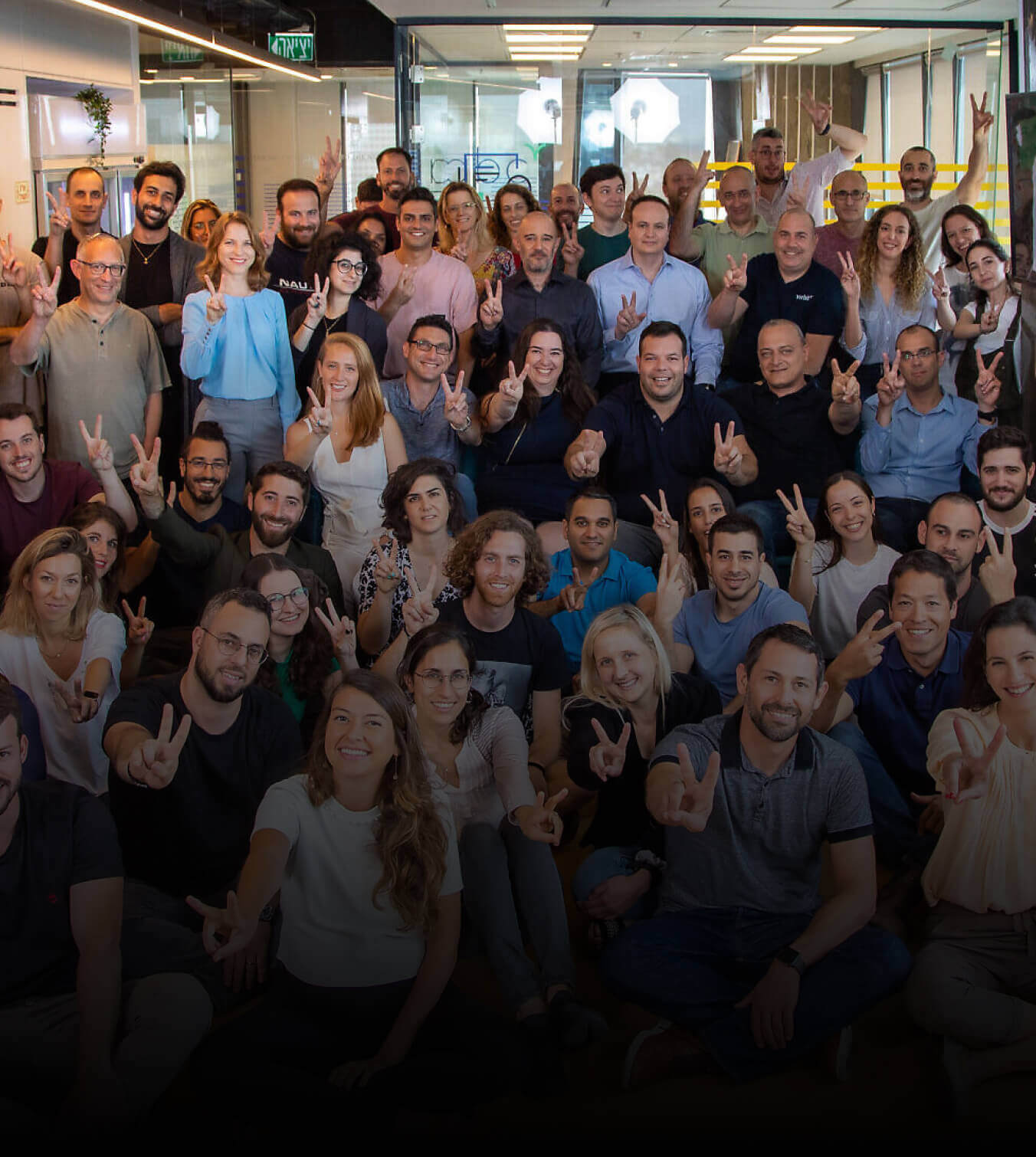According to research firm IDC, the coronavirus pandemic took a toll on global IoT spending this year. But double-digit growth expects to return in the next few years.
A higher need for connected devices to enable remote operations and artificial intelligence to track human activity will be among the drivers for this increased investment.
Top Internet Of Things Security Issues:
From the theft of IoT computers to possible home invasions to rogue computer threats. These are the six most critical security problems on the internet of things.
Hijacking The IoT Devices & Ransomware:
Devices with poor security measures may become a target for ransomware – a malware that encrypts and blocks access to users’ critical files. Not only could ransomware attacks lock users out of IoT devices and related platforms, but they could also disable devices entirely and steal data from users.
Insufficient Testing And Lack Of Updates:
One of the security concerns with IoT devices is that if it comes to effective testing and delivering timely software updates, companies manufacturing them are often too careless. This is a significant concern because customers prefer to trust and judge suppliers. And are therefore persuaded that they have taken all the steps to ensure safety failures.
Home Invasions:
This home automation comes with a major challenge in that IP addresses transmit by unsafe devices with weak defense mechanisms. The so-called Shodan searches can allow hackers to locate the system user’s address.
IoT Driven Financial Crimes:
All financial companies would face the challenge of launching these new models because they encounter regulatory and operational problems.
Remote Smart Vehicle Access:
The hijacking of so-called smart vehicles, which are increasingly unavoidable on roads thanks to the introduction of the Internet of Things in cars, is an IoT security problem similar to a home invasion.
Lack Of User Awareness:
Since the Internet of Things is such modern technology, its users are still getting used to its features and peculiarities. In phishing, viruses, and malware attacks on their computers and internet scams, people have mastered mainly their security. They learned how to protect their online WiFi networks and how to safeguard their credit cards.
Updated “Cybersecurity Improvement Act, 2020”:
Approximately 25 percent of organizations use the Internet of Things (IoT) technology, a statistic that is only expected to rise exponentially. Smart gizmos are not just for the house. With that development, IoT technology will have new and varied applications and the need to understand the various types of risks it poses.
President Trump signed the Internet of Things Cybersecurity Reform Act of 2020 earlier this month, on December 4, 2020 (Act). The Act targets government agencies but is also expected to have a considerable effect on the private sector.
The Act, passed by the House in September 2020, requires that a cybersecurity policy establish federal agencies for the proper use and management of IoT devices owned or controlled by an agency and linked to information systems owned or controlled by an agency. Perhaps an essential provision of the Act is for federal agency contractors and their subcontractors, adequate two years after passage, December 5, 2022, and subject to restricted waiver opportunities, federal agencies will:
“prohibited from procuring or obtaining, renewing a contract to procure or obtain, or using… Read more
Issues Covered Under This Act:
One of the major problems with IoT security is that security mechanisms that need to integrats into our devices are often de-prioritized by the rush to market. For criminals involved in stealing confidential data and accessing exposed networks, this problem has made many IoT devices low-hanging fruits. Additionally, by exploiting their computing capacity, attackers can exploit vulnerable goods and orchestrate large IoT botnet operations to disrupt traffic on targeted services and malware infection.
The Director must also consider the following for IoT mobile app development products, in addition to taking into account the requirements, guidelines, and best practices established by the private sector, agencies, and public-private partnerships:
- Secure Development
- Identity management
- Patching
- Configuration management
The Director must also publish guidelines for monitoring, organizing, publishing, and receiving information on security vulnerabilities related to information systems owned or operated by an organization (including IoT devices) within 180 days of enactment and for addressing such vulnerabilities. The Director must also provide contractors and subcontractors with feedback on collecting information on possible vulnerabilities in the information system and disseminating information on resolutions.
The IoT Cybersecurity Improvement Act represents a positive step forward during maintaining that IoT devices. Which are often used in government facilities, are adequately secured until they link to high-priority networks. This Act not only demonstrates recognition of this important security problem but also sets a significant precedent that may, and should, encourage other nations and organizations to follow.
There will be a growing number of devices still linked with the growth of 5G, so cybersecurity attacks will always be under pressure. IoT devices used by US government agencies required by the Hurd-Kelly bill to comply with NIST’s security guidelines. In terms of capabilities and price points, IoT devices are increasing in variety. So there is pressure on manufacturers to rush devices to market, meaning they also cut corners to preserve margins.
Concluding Thoughts:
The Act can also define accepted best practices for IoT devices, contributing to wider private sector adoption. In the meantime, NIST has already begun to establish the principles and guidelines that will flow from the Act.
Zazz is the leading full-stack IoT Development Company in the USA. We help startups and businesses create smart gadgets, turn analog products with firmware, IoT platforms, and sensors into digital products. For IoT devices, our Custom IoT app development company builds a network, mobile, and embedded infrastructure.
Lets connect with our team as we view security as an integral part of IoT hardware design and software production. Based on particular business priorities, we can adapt to different approaches to IoT implementations.
Also Read
Embracing IoT Solutions for Smart HVAC System in CES 2022
Internet of Things: Impact on Businesses During Global Pandemic
Internet of Things: History, Benefits and Future of Smart Cities
Internet of Things: Threats and Security Challenges to Overcome
Top 10 Internet of Things Companies in NYC
Recent Articles
Staff Augmentation vs Traditional Hiring: Choosing...
Table of Content 1. Understanding Staff Augmentation 2. The Growing...
Empowering Healthcare Through Mobile Apps: A...
Mobile applications are transforming healthcare industry, and if you don’t...
Top 10 Challenges in Software Development...
“The task of the software development team is to engineer...



















